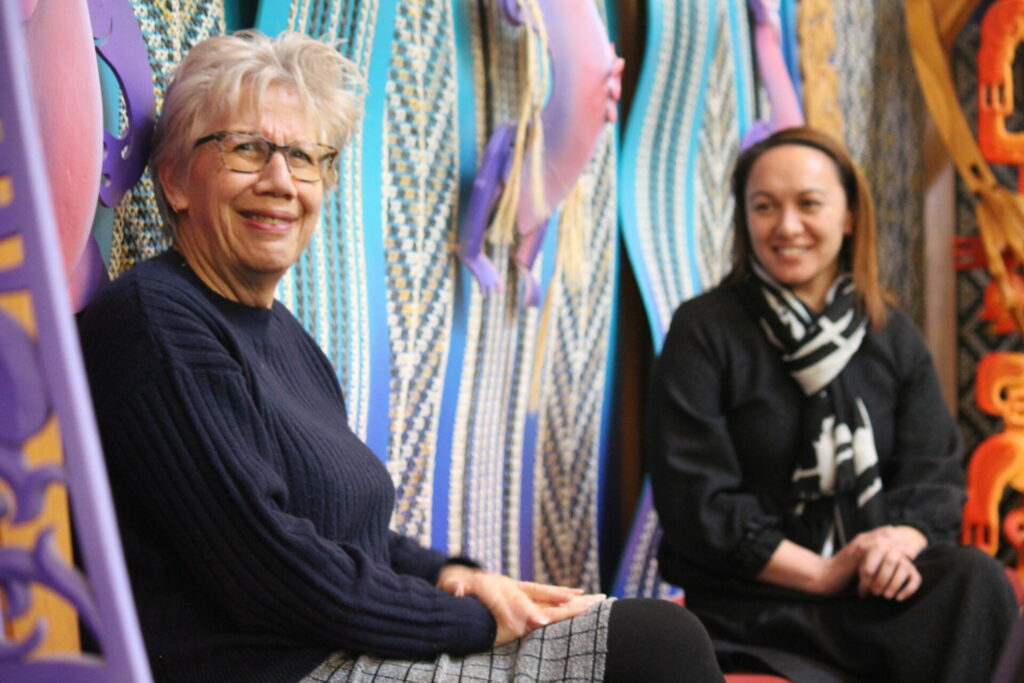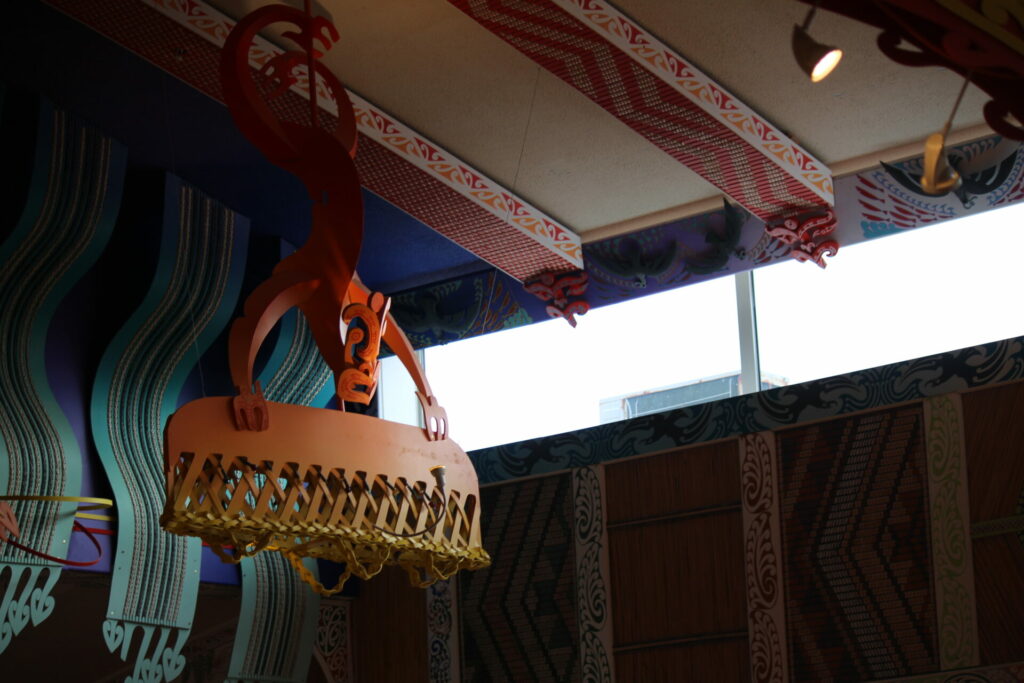Tikanga Māori can and must lead adaptation strategies
- AUTHORMeriana Johnsen
- PHOTOGRAPHYMoana Johnsen
- Wednesday, November 17, 2021
Tikanga Māori can and must lead adaptation strategies
Funded through our Vision Mātauranga programme, Te Tai Uka a Pia carves a path for iwi and hapū to create climate adaptation strategies grounded in Tikanga and kōrero tuku iho (iwi and hapū narratives/histories passed down through generations).
Iwi in Te Waipounamu are using ancestral narratives to guide how they respond to the breakdown of coastal urupā, and disruption of traditional food gathering practices, among the many physical and cultural impacts of climate change in their regions.
Deep South Challenge research by Sandy Morrison (Ngāti Whakaue, Ngāti Maniapoto, Ngāti Rārua, Te Ātiawa) and Aimee Kaio (Ngāpuhi, Ngāi Tahu, Te Arawa), released today as a Story Map, explores the climate challenges facing iwi of Ngāti Rārua, Te Ātiawa, Ngāi Tahu whānau o Awarua and whānau o Wharekauri.

The research project, Te Tai Uka a Pia, finds that tikanga Māori, such as karakia, kōrero tuku iho, waiata, haka, wānanga (at-place), cleansing rituals and mahinga kai, are crucial methods of understanding climatic changes within iwi and hapū rohe, and how to respond to them.
Holding wānanga at sites that are important historically, culturally and spiritually is critical to igniting whānau understandings of climate change which inform how they adapt to it.
The kōrero tuku iho of Hui te Rangiora, a Polynesian navigator who travelled deep into the Southern Ocean before resting at Riuwaka, was in danger of being lost, Morrison says, but it’s gained new life as a tool for increasing tamariki and rangatahi awareness and understanding of climate change.
“For the first time, our whānau are telling our stories. We’re keeping these precious tāonga alive which hold knowledge of our wāhi tapu, our connection to place, and how to interact with it,” Morrison says.
Wānanga with whānau explored the impacts of sea level rise on wāhi tapu such as the low-lying urupā at Mōtu Hui te Rangiora. Climate change will likely erode the kōiwi (remains) of their ancestors, and whānau are considering the appropriate tikanga to respond to this.
Ka mōhio rātou te hiranga o tēnei mea te ‘climate change’, i roto i te kaitiakitanga i te tirohanga i te kaitiaki o te tana taiao, ki tana ao whānui.
Pohe Stephens, Kapa Haka tutor for Motueka Mai Tawhiti kapa
They [tamariki] know about this thing called ‘climate change’ because it is encompassed implicitly within their worldview and their role as kaitaki within the environment.
Further South in Te Waipounamu, climate change is already interrupting the tītī (muttonbird) harvest for Ngāi Tahu whānau, a mahinga kai practice of Ngāi Tahu whānui for generations.
The oceanic manu have been closely observed by mana whenua for centuries, and mutton birder diaries going back to 1970 have shown tītī are in decline, most likely because of food availability and wind patterns when hunting in the Southern Ocean.
“This time is precious for our mutton-birders each year,” researcher Aimee Kaio says. “They know their islands so well, and the way they document change over time and understand exactly what they’re seeing with their manu is observational research at its best.”
Protecting the tītī harvest is a key climate adaptation priority for Ngāi Tahu whānau o Awarua, as the mahinga kai practice reaffirms their whakapapa to the islands.

The whānau and rangatahi of Te Rau Aroha marae in Motupōhue (Bluff) look to the kōrero tuku iho of early Polynesian navigator Tamarereti to understand how tūpuna might have responded to crisis, challenge or change, in order to move forward in uncertain times.
Whānau member Manuariki Tini composed the Ngāi Tahu waiata Taku Taurapa, featured in the Story Map, to capture the landmarks which guide whānau back from Rakiura to Motupōhue (Bluff).
She says the research “encapsulate[s] everything important to us as Māori, to us as hau kāinga, to our Bluff whānau/community”.
“This is an inspiring and motivational tool regarding the vital changes to make, the roles our people and hapū can and must take, in the best interests of our future generations,” she says.
You can access the Story Map here
STORYTELLING
FOR CHANGE
The Deep South Challenge has always experimented with supporting or initiating different kinds of storytelling to drive climate adaptation. These long-form magazine features allow us to weave different research projects into new patterns, helping us to see our research in different ways.